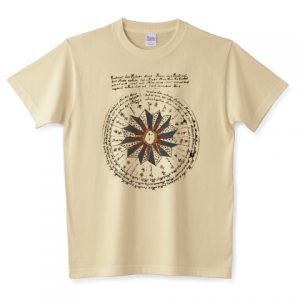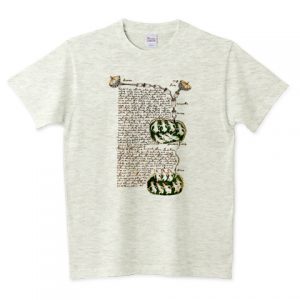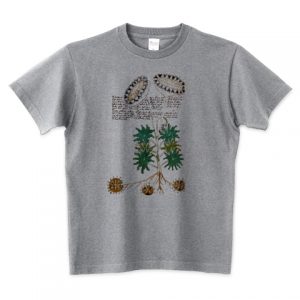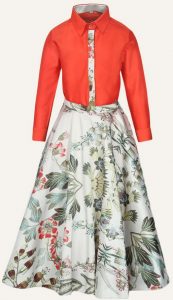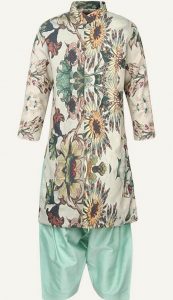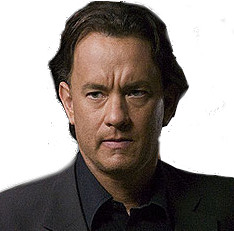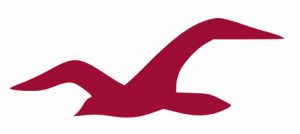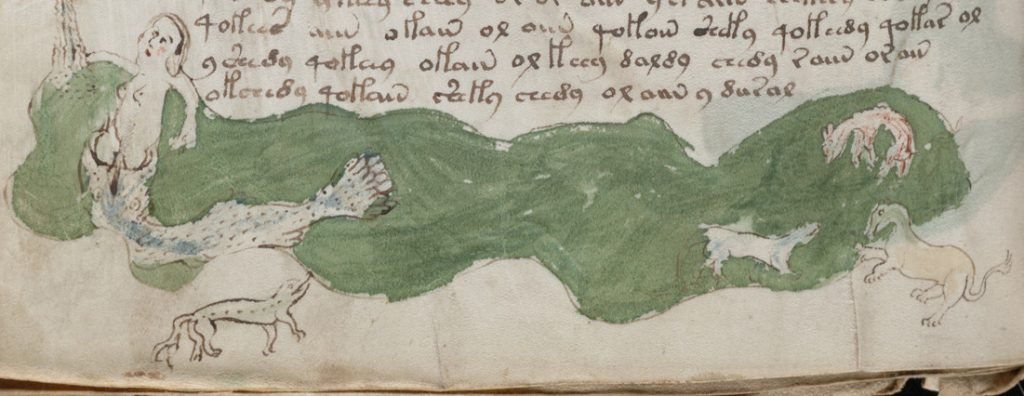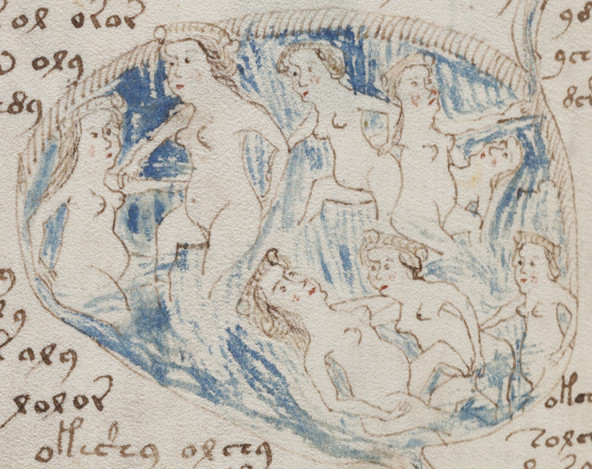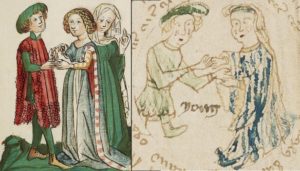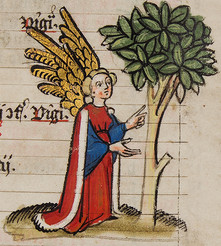For some time, I have been looking at the Somerton Man case from the point of view of tangible evidence. For a start, the much-repeated belief that he was unidentified simply doesn’t hold true: the suitcase that he (without any real doubt) left at the railway station contained three items with the name “KEANE” on them. And any reconstruction of his life (or indeed death) that starts with some kind of spy thriller-inspired ‘clean-up crew’ sanitising his effects to cover up his real name is just of zero interest to me.
So, whether you happen to like it or not, he has a surname: KEANE.
Us and Them
Of course, the South Australian Police searched high and low (and even interstate) for anybody with that particular surname who had recently gone missing. But no such person ever turned up. Even when Gerry Feltus managed to track down the mysterious nurse (whose phone number had been written on the back of the Rubaiyat connected to the dead man by a slip of paper in his trouser fob pocket), he encountered nothing apart from evasions and stonewalling from her.
Gerry knew he was being shut out of the truth, but didn’t know why. I think it should have been obvious because, as I’ve blogged before, this specific behaviour has a name: omertà, the Mafia / gangster code of silence. The nurse’s husband – Prosper (“George”) Thomson – had been tangled up with some Melbourne gangster second-hand car dealers, the name of one of whom he specifically refused to reveal in his court case against Daphne Page. So any suggestion that the nurse knew nothing of gangsters or the gangland code of silence would be completely untenable, in my opinion.
What I think Gerry perhaps didn’t grasp was the degree of antipathy that Australians felt towards the police (and even the law itself) in the period after the Second World War. In particular, the Price Commission’s arbitrary price-pegging (carried over from the war years) meant that many people’s economic activities were suddenly only viable on the black market. Trove is full of stories of butchers and greengrocers being prosecuted because they charged at the wrong price: this was a sustained failure of the social contract between a government and its people.
Really, the Price Commission made criminals of just about everyone: buying or selling a car almost inevitably became an exercise in white-collar crime. The main beneficiary of all this was organized crime groups, which clawed their way into dockside unions, off-track gambling, baccarat schools, betting on two-up, and dodgy car sales (particularly interstate, and particularly with imported American cars). Even with meat and vegetable sales!
Put all this together, and you see that the post-Second World War years in Australia were a time of Us and Them, with ‘Them’ being the government and the police. The police were really not loved: but neither were the gangsters who enabled and controlled lots of the activity on the other side of the same line. So the widespread dislike of the police was mirrored by a dislike of the gangsters, along with a fear of violent gangland reprisals.
To my eyes, this is the historical context that’s missing from people’s reconstructions of the Somerton Man’s world.
The Sound of Silence
We hear the sound of silence in the Daphne Page court case, and we hear it in Jo Thomson’s long decades of stonewalling: but I think we hear it loudest of all in the sustained lack of response to the Somerton Man. Remember:
- Nobody saw him.
- Nobody said a word.
- No trace was found.
Bless Gerry Feltus’ heart, but he only allowed himself to draw inferences from what people did say: where they remained silent, he was blocked.
For me, though, this sound of silence tells us one thing above all else: that the Somerton Man moved in gangster circles. I have no doubt at all that there were plenty of people in Adelaide and elsewhere who knew exactly who he was, but chose to say nothing. He was, as per my post on this some years ago, not so much the “Unknown Man” as the “Known Man”: despite clearly having a surname, he was an Unnameable Man.
This may not superficially appear like much, but anything that can winnow down the (apparently still rising) mountain of historical chaff to even moderately manageable proportions is a huge step in the right direction.
But how does being sure he was connected to gangsters help us, exactly?
The Baccarat School Nitkeeper
In January 1949, “two prominent Melbourne baccarat players” came forward to say that they thought the man had worked as a nitkeeper in a Lonsdale Street baccarat school “about four years previously” (i.e. ~1945). They thought he had worked there for ten weeks before disappearing, never to be seen again (until his face was in the paper, that is).
Of all the mountains of Somerton Man-related speculation and punditry, this alone stood out for me as something that could be worked with, as a research lead that had some kind of archival promise. And so I have assiduously read hundreds of articles and new reports in Trove, to try to make sense of how this part of the post-war economy worked.
It’s true that a fair few policeman back then took bribes from the gambling bosses to turn a blind eye (this was remarked upon in numerous news stories of the day). But even so, one striking fact is that the laws in Victoria relating to nitkeeping were much harsher than elsewhere in Australia:
- First offence: £20
- Second offence: £250
- Third offence: six months in prison
Because principals paid nitkeepers’ fines, it simply wasn’t in their interest to hire anyone with a prior conviction for nitkeeping, not when the fine for a second conviction leapt up to a staggering £250.
From this, my suspicion is that the man the two baccarat players were talking about had been caught in a raid after working in Melbourne for ten weeks and fined £20. And with a fine under his belt, none of the schools would then re-hire him as a nitkeeper: that would have been the end of the line.
Moreover, Byron Deveson uncovered SAPOL records for a John Joseph Keane (apparently born in 1898) who had been convicted of hindering / nitkeeping in Adelaide, and whom I then pursued through Trove.
If only I could see the Victoria court records for 1944 / 1945…
Victoria Petty Sessions Court
The records for the Victoria Petty Sessions Court are behind a findmypast paywall. So here’s what it threw up for John Keane (some or none of which may be our man John Joseph Keane):
- The Geelong ledger is dated 23rd September 1924. “Defendant at Geelong on the 7th September 1924 did behave in an offensive manner in a public place, to wit Eastern Beach”. Pleaded guilty, but case was dismissed.
- [John Francis Keane]: “Defendant between 10th and 11th December 1929 at [Geelong?] did break and enter the warehouse of the Geelong [???] Water Company Pty and steal therein 13 cases of Dewars whisky seven cases of Johnny Walker whisky five cases of Gilbeys gin and two cases of Hennesys brandy valued at £190”. Result: “Committed for trial at the first sittings of the Supreme Court to be held in Geelong 1930. Bail allowed accused in the sum of £200/-/-.”
- [J Keane] Colac Courts, Victoria. 17th March 1930, Conviction: “Drunk”.
- The Geelong ledger is dated 19th March 1940, but the stamp on the page is marked 10th Feb 1940. The Sergeant of Police was Arthur De La Rue. Keane (and indeed 49 others) were accused of: “Defendant at Geelong did commit a breach of Act 3749 Section 148 – Found in common gaming house”. The case was “Dismissed”.
- The Geelong ledger is dated 24th November 1944, but the stamp on the page related to Keane’s being found (along with 25 others) in a common gaming house on 25th September 1944, with a summons dated 11th October 1944. The case was adjourned until 8th December 1944. The Senior Constable of Police was Colin Egerton.
- On 8th December 1944, Keane returned to Geelong court and admitted that he had been present on that occasion, but pleaded not guilty. There seems to be no records of the court’s response (most of the other defendants on that occasion were represented by a Mr Sullivan, and pled that they had not been present), but the other defendants who also admitted being present while pleading not guilty were discharged with a caution.
So, no definitive results here. Bah!
John Joseph Keane – BDM
Finally: are there any fragments of Birth / Death / Marriages that we might stitch together to eliminate some or all of the possible John Joseph Keanes out there? Here’s what I found:
Findmypast lists:
- John Joseph Keane born 1898, died 1950 in Shepp (registration 21625).
- John Joseph Keane marrying Florence Mary Clancy in Victoria in 1930 (registration 6892)
- John Joseph Keane marrying Alma Maude McKay in Victoria in 1939 (registration 346)
FamilySearch.org lists:
- John Joseph Keane died 20th January 1941, buried West Terrace Cemetery, Adelaide (billiongraves image). Also with the same headstone: Delia McKague (died 15th January 1939, findmypast says she was born in 1863 and died in Glen Osmond), Kevin Newland Keane (died 29th June 1967, findmypast says KNK was born in 1902, married Alleyne Maud(e) Dinnis (born 1905) 19th December 1927, lived at 6 Smith St Southwark), and Marguerite Ellen Wilson (died 12th April 1984 aged 85 years).
- John Joseph Keane (retired) died 7th August 1967, in Brunswick, Victoria
- John Joseph Keane (grocer) died 17th June 1972, in Castlemaine, Victoria
If there’s a way of stitching all, some or even a few of these strands together, I for one certainly can’t see it yet. But perhaps you will?


